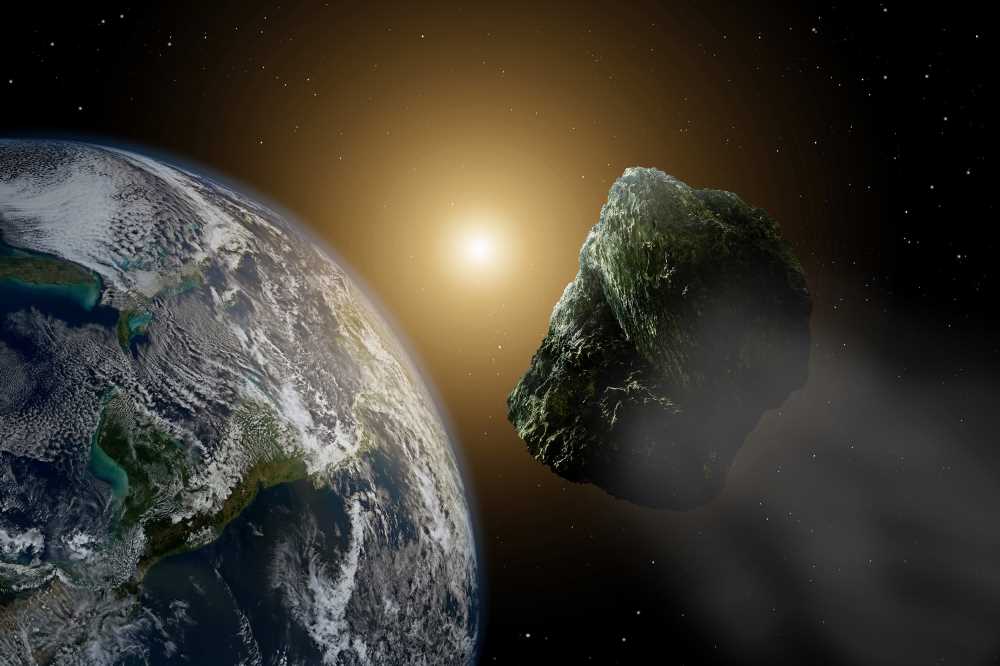There’s been more discussion recently about protecting life on Earth from a devastating asteroid strike. But a new study suggests that space rocks actually made life possible on the Blue Planet.
Researchers identified isotopes of selenium in rocks in Earth’s mantle and found identical isotope signatures inside certain meteorites, notably those from the outer solar system.
“We show that selenium isotopes record a signature of late accretion after core formation and that this signature overlaps only with that of the CI-type carbonaceous chondrites,” the study’s abstract states. “We conclude that these isotopic constraints indicate the late veneer originated from the outer Solar System and was of lower mass than previously estimated. Thus, we suggest a late and highly concentrated delivery of volatiles enabled Earth to become habitable.”
The selenium isotopes were detected using a method that took samples from mantle rocks, previously brought to the surface from plate tectonic processes and measured.
All of this means that selenium, as well as water and other building blocks for life, originated outside of Earth and came to the planet via comets or meteorites, a concept known as panspermia.
“According to our calculations, around 60 percent of the water on Earth today comes from this source. That is the only way oceans could eventually form,” said the study’s lead author, María Isabel Varas-Reus, PhD, in a statement. “This created the conditions for life on Earth to develop in its present form.”
Panspermia is the hypothesis that life on Earth originated from microorganisms in outer space that were carried here unintentionally by objects such as space dust, meteoroids and asteroids, according to an article on NASA’s website.
Technically speaking, there should be no selenium seen in the Earth’s mantle, since it is attracted to iron, Varas-Reus explained. As a result, it largely resides in the Earth’s core, which is “iron-rich,” Varas-Reus continued.
However, the selenium that was found in the mantle must have come after the Earth’s core formed, a time period she estimates happened after the moon was also formed, between 4.5 billion and 3.9 billion years ago.
It has long been suspected that meteorites brought elements from space and added them to Earth’s mantle, but Varas-Reus said researchers “thought they were meteorites from the inner solar system.”
“So we were very surprised that the selenium isotope signature of the Earth’s mantle closely matched a certain type of meteorite from the outer solar system,” Varas-Reus added. “These are carbonaceous chondrites from the solar system beyond the asteroid belt, from the area of the planets Jupiter, Saturn, Uranus and Neptune.”
The study was published in the journal Nature Geoscience.
Source: Read Full Article
